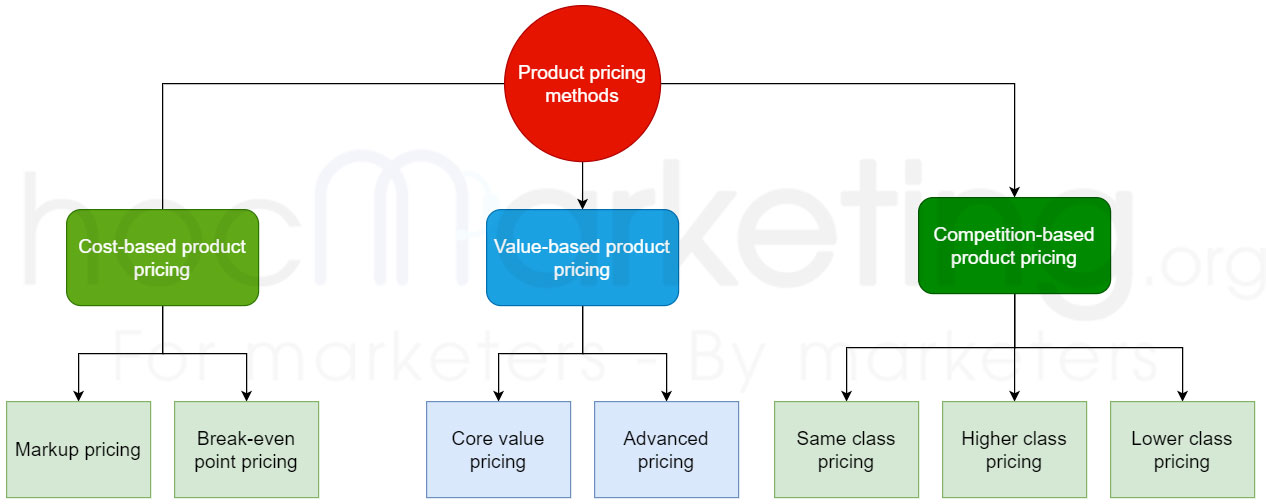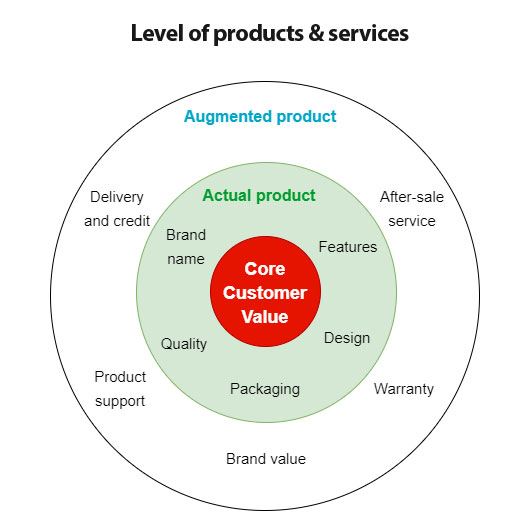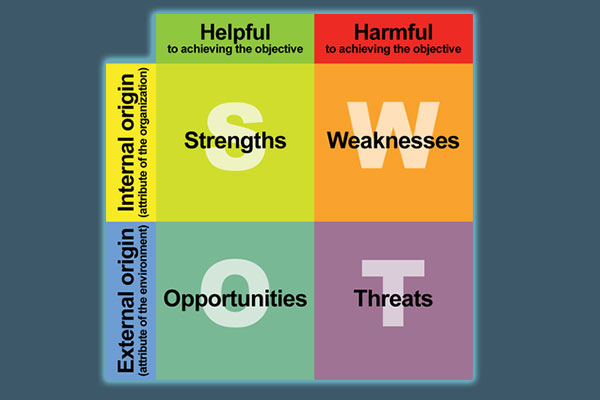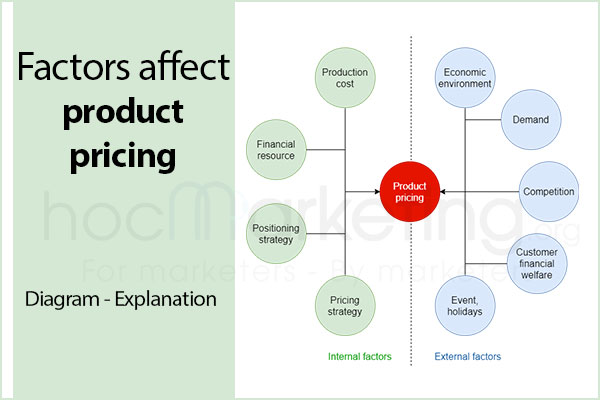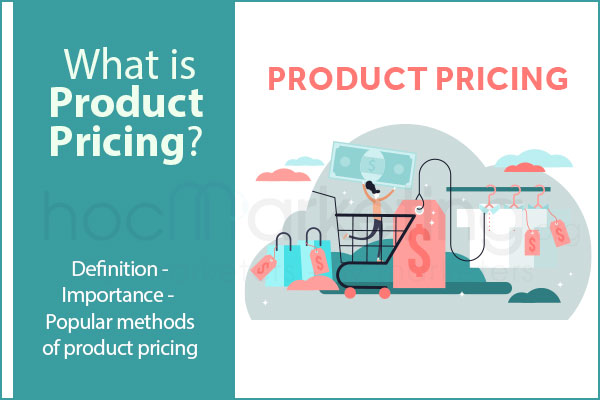
What is product pricing? Popular methods of product pricing

In the world of marketing, pricing is one of the most important aspects to consider. In this article, we'll learn about the definition, roles of product pricing and popular product pricing methods in Marketing.
In the world of marketing, pricing is one of the most important aspects to consider. The goal is not to set a price too high for consumers while still making enough money from them, as this can lead to lower sales and profit margins. In this article, we'll learn about the definition, roles of product pricing and popular product pricing methods in Marketing.
What is product pricing?
Pricing method is a method that helps businesses determine the specific price of a product. The method can bases on a formula or a logical law.
Suppose, business A is using price-skimming strategy for a newly launched product X. However, the specific price has not been determined. At this point, business A needs one or more product pricing methods to solve the problem.
The importance of product pricing
Price is one of the factors that play an important role in many aspects of a business:
- Price is one of the four tools of the Marketing mix 4Ps strategy.
- Price is a factor that affects the revenue of a business.
- The price a product affects its competitiveness on the market.
- The price of a product represents how a business positions itself relative to its competitors in the market.
Thus, any changes in the price of the business will affect almost every aspect of the business. In case the business sets the product price too low, it will hurt the revenue of the business. On the contrary, setting the price too high will reduce the competitiveness of the product compared to the competition.
Methods of product pricing in marketing
There are 4 valuation methods commonly used in businesses, however, in general, these methods can be classified into 2 groups: cost-based product pricing, value-based product pricing.
A. Cost-based product pricing
1. Markup pricing (cost-plus pricing)
Businesses using markup pricing will set the price by determining the cost of producing a product, then taking this cost plus a profit margin on each product. To make it easier to visualize, we can look at the formula below:
Suppose, enterprise A calculates that the total cost (including materials, labor, other costs...) to produce a bicycle is 100 dollars. After that, based on the current competitive situation in the market, enterprise A sets a profit margin (markup) of 10 dollars and lists the price of each bicycle as 110 dollars.
Meanwhile, a business B has the same industry, product and market as business A, and the total cost per bicycle is 100 dollars. However, thanks to its good financial position, enterprise B wants to create a direct competitive advantage with enterprise A, so they set the lower profit margin (markup) as 5 dollars. Therefore, the final price of the product will be 105 dollars.
In other cases, the markup may be zero or negative, when the business wants to gain a competitive advantage, or simply to liquidate inventory at the end of the life cycle.
This is the most popular pricing method, applied in many businesses and small stores around the world. The advantage of this method is that it is easy to calculate, can be flexibly adjusted depending on the market situation and business strategy, as well as being able to predict the profit margin on each product.
2. Break-even point pricing
The break-even pricing method is a method in which a business determines the price of a product based on the relationship between the break-even point, fixed costs, and variable costs/product.
Before going into the details of the calculation method, we need to understand some of the following terms:
Break-even point: Is the number of products sold to get total revenue equal to the costs that the business has spent.
Fixed Cost: It is the total fixed cost throughout the production process
Variable cost/product: It is the variable cost to be able to sell a product (Usually, businesses can set the variable cost/product at the average, lowest or highest level depending on the actual situation. at each enterprise)
Enterprises applying this method can determine the price of products in two ways:
Way 1:
- Estimate or set a specific number as the break-even point (target).
- Determine the fixed costs to produce a certain amount of product to market and estimate the variable cost per unit.
- Apply the following formula to calculate the product price:
Way 2 (The opposite of Way 1):
- Estimate a product price.
- Determine the fixed cost of producing a certain amount of product to market and estimate the variable cost per unit.
- Determine the break-even point using the formula:
- Adjust the price until the break-even point is consistent with the actual situation of the business and the proposed business strategy.
B. Value-based product pricing
1. Core value pricing
The core value pricing method of products/services is not calculated at all based on the cost spent, but based entirely on basic value that customers receive when buying the product/service. Thus, businesses will base on the following factors to determine the product price:
- Quality & design of the product compared to the competition.
- Features included in the product.
- The user experience that the product brings to the customer.
- Technology included in the product compared to the current technological environment.
2. Advanced value pricing
Along with value-based pricing, businesses can use advanced product pricing to calculate the price of products. Thus, businesses will base on the following factors to determine the product price:
- Brand value
- Scarcity of the product in the market.
For example, Nike shoes can be sold for about 200 dollars, and that amount is unlikely to decrease because of Nike's brand value. The demand for Nike shoes is high, while there is a very low supply compared to the number of customers who want to buy it. To customers, Nike shoes are not only shoes. They are the image of confidence and success.
As another example, Rolex watches can be sold for more than 10,000 dollars. Rolex can set a high price because of the scarcity of the product. Its brand value also stands for professional, luxury, high class and success.
C. Competitive based pricing
1. Same class pricing
The same class pricing method is a pricing method that businesses set the price of their products to be equal to the prices of the similar products within the same market.
For example, since smartphones provide the same function, businesses can set the prices of their products to be equal. Even if one business produces a product with fewer costs than another business, the price will not be lower because customers are indifferent about buying a smartphone at a certain price range. Android smartphones (Samsung, Xiaomi, Huawei..) are the particular models. From 100 - 300 USD, we can find similar phones (similar functions, features, design) at the same price.
2. Higher class pricing
The same class pricing method is a pricing method that businesses set a higher price for their products than the prices of the similar products within the same market.
3. Lower class pricing
The lower class pricing method is a pricing method that businesses set a lower price for their products than the prices of the similar products within the same market.
Summary
Product pricing is a key element of marketing. Understanding how your customer thinks and the role that price plays in their decision-making process will help you create an effective strategy for product pricing. The article has provided some examples of different types of product prices, as well as explaining how to calculate them based on certain factors.


